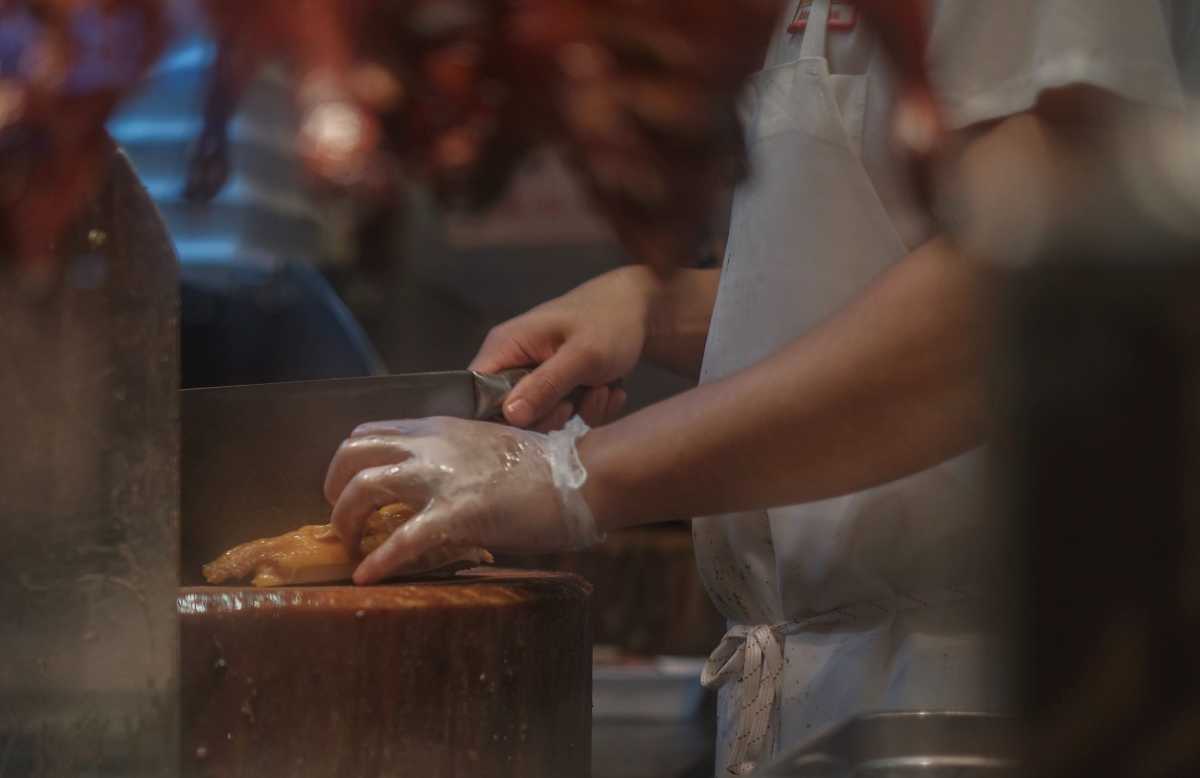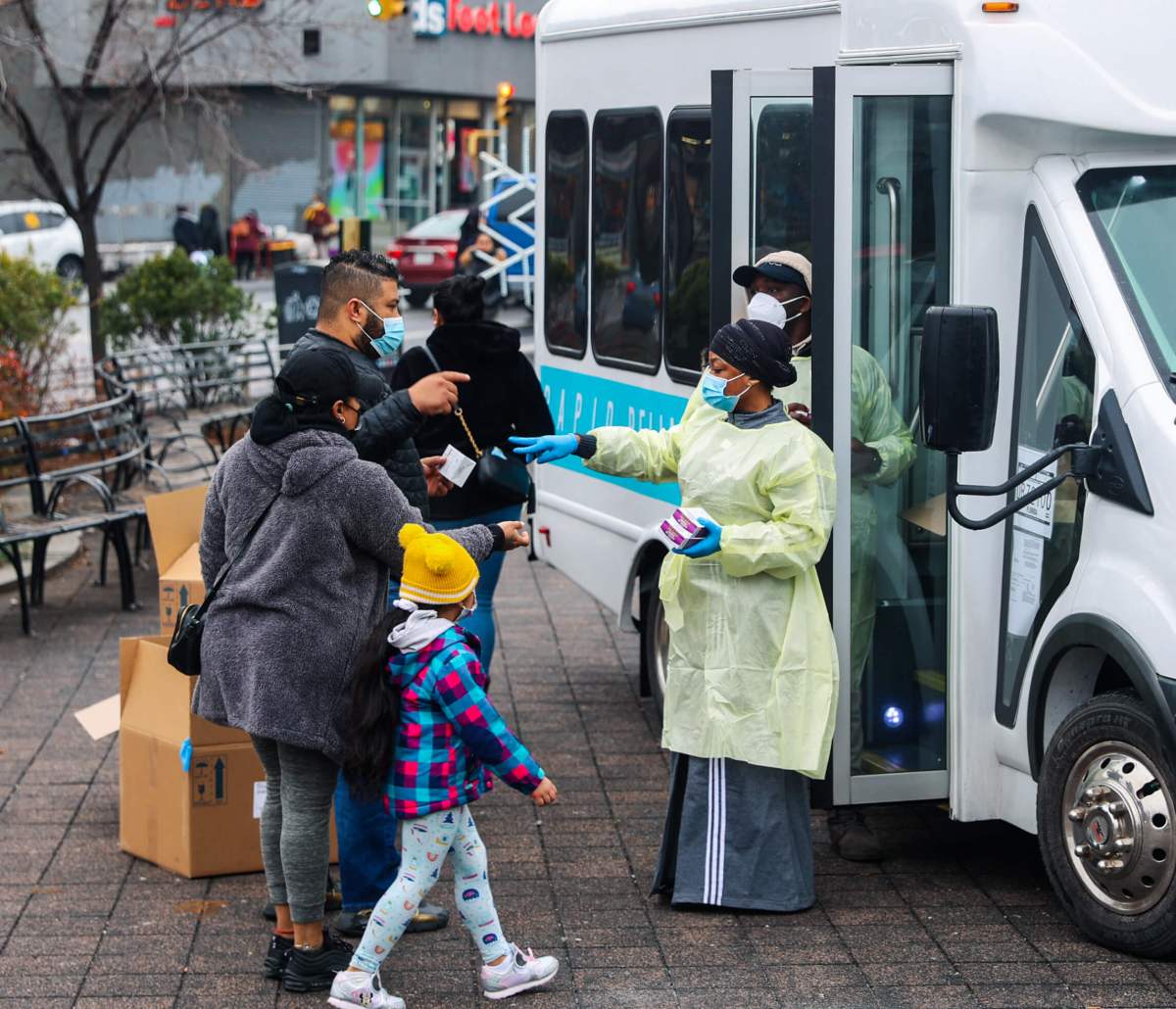A new study released by the Center for an Urban Future found that the majority of workers whose livelihoods have been crushed the COVID-19 pandemic also live in poorer neighborhoods that have been devastated by the disease itself.
Elmhurst, Corona, Norwood, Highbridge, Sunset Park, and Flushing were among the those listed in the study as being affected the heaviest by the economic hardships of the disease; three of them are in Queens which has suffered disproportionately since the epidemic began in March.
Twenty-seven percent of the residents of Elmhurst, whose was the epicenter of the epicenter seeing 33 deaths in one night at the height the pandemic, work in restaurants, hotels, retail, and personal care services, according to CUF. Meanwhile, in wealthier communities such as Park Slope and the Upper East Side only 10% of residents work in these industries deemed non-essential.
“The neighborhoods with the greatest share of residents working in these hard-hit sectors are all located either in Queens, the Bronx, Brooklyn, and Northern Manhattan—and all have a much higher share of non-white residents than the city average,” the study says. “For instance, in the two neighborhoods with the greatest share of residents working in these sectors—Elmhurst/South Corona and Jackson Heights/North Corona—90 percent or more of the population is non-white and over 60 percent is foreign born.“
By looking at the U.S. Census Bureau’s 2018 American Community Survey 5-Year Estimates, CUF found that only 9% of Upper West Siders account for workers in these industries, similar to the Upper East Side, Brooklyn Heights or Red Hook.
Corona, Queens had the highest total number of workers in these fields with 10,593 and Washington Heights came in second with 9,953. But over half of the jobs in the study were located physically in Manhattan, about 127,530 or 56%.
Overall, 32% of the workers live in Queens for a total of 74,312 workers in a borough of 2.3 million. In contrast 39,286 live in Manhattan.
Out of 97,267 employed residents in Flushing, 3,799 work in the personal care industry. Over 74% are non-white and 57% are foreign born, according to the study.
The CUF noted that these economic figures impact the majority of New York City which is 67.8% non-white and 38.6% foreign born.































